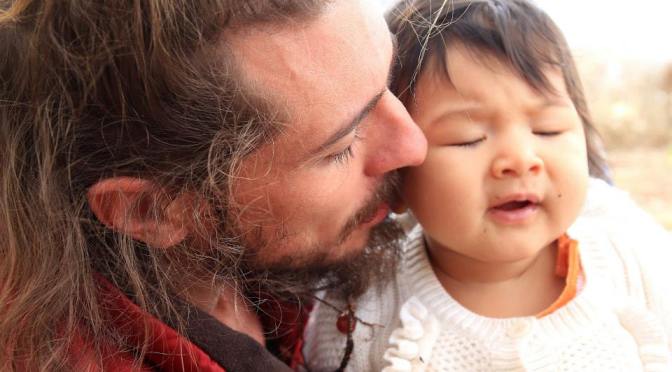Read the first part of this article: Attachment I
In ways subtle or obvious, people operate schedules dictated by their attachment. This means attachment to a feeling of security, familiarity, a paycheck, a big house, a daily hot shower, a temperate environment, etc. It is certainly possible to enjoy these things without attachment, but realistically, very few are on that level. Seeing through attachment will allow you to maintain peace regardless of the situation or environmental condition. But every person has attachments. There is always room to go deeper within yourself. That’s where pushing your limits and putting yourself in new situations, unfamiliar and possibly uncomfortable situations has its benefit.
Put yourself in situations that you’re not prepared for, or where there are elements of the unknown. This is another area in which people experience a lot of attachment – they don’t put themselves in situations in which they feel insecure. Many people are stuck inside their own idealistic and socio-economic cliques and bubbles.
If you are this type of person who has been pushing her limits, who is actively engaged in the process of exploring attachments, then you will find it beneficial to meditate more, spend less time talking, less time watching tv, watching movies, listening to music, surfing the web. . .
Purposefully put yourself into new situations, talk to people you’ve never talked to before. And observe the thoughts and feelings you have. Just observe, without judgment, just see what’s there.
A ten-day Vipassana* meditation course is a good example: you’re going into an environment that you’ve never been in before, an environment based on silence, which is rare in most human-inhabited places, and you are going to have a lot of time to be with your thoughts and feelings, becoming conscious of the various levels occurring inside your body.
This is what non-attachment looks like in the New Paradigm: you are living passionately. You are living from inspiration and with purpose. You are doing that deliberately. That is the goal. Life without desire is pointless. To me, desire is the fire of life, it is the fire of creativity. Without desire there is no creativity. Without creativity, there is no life.


